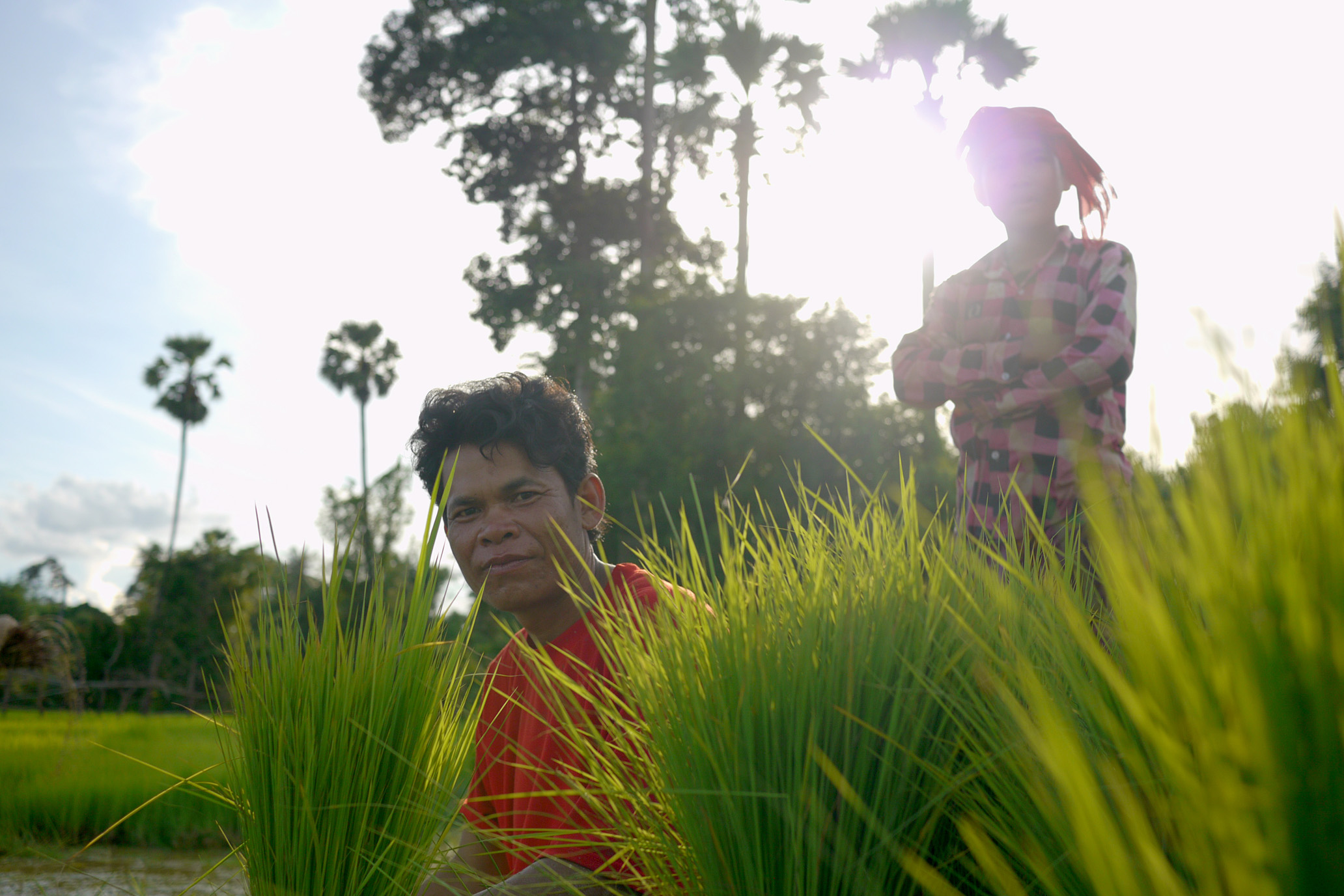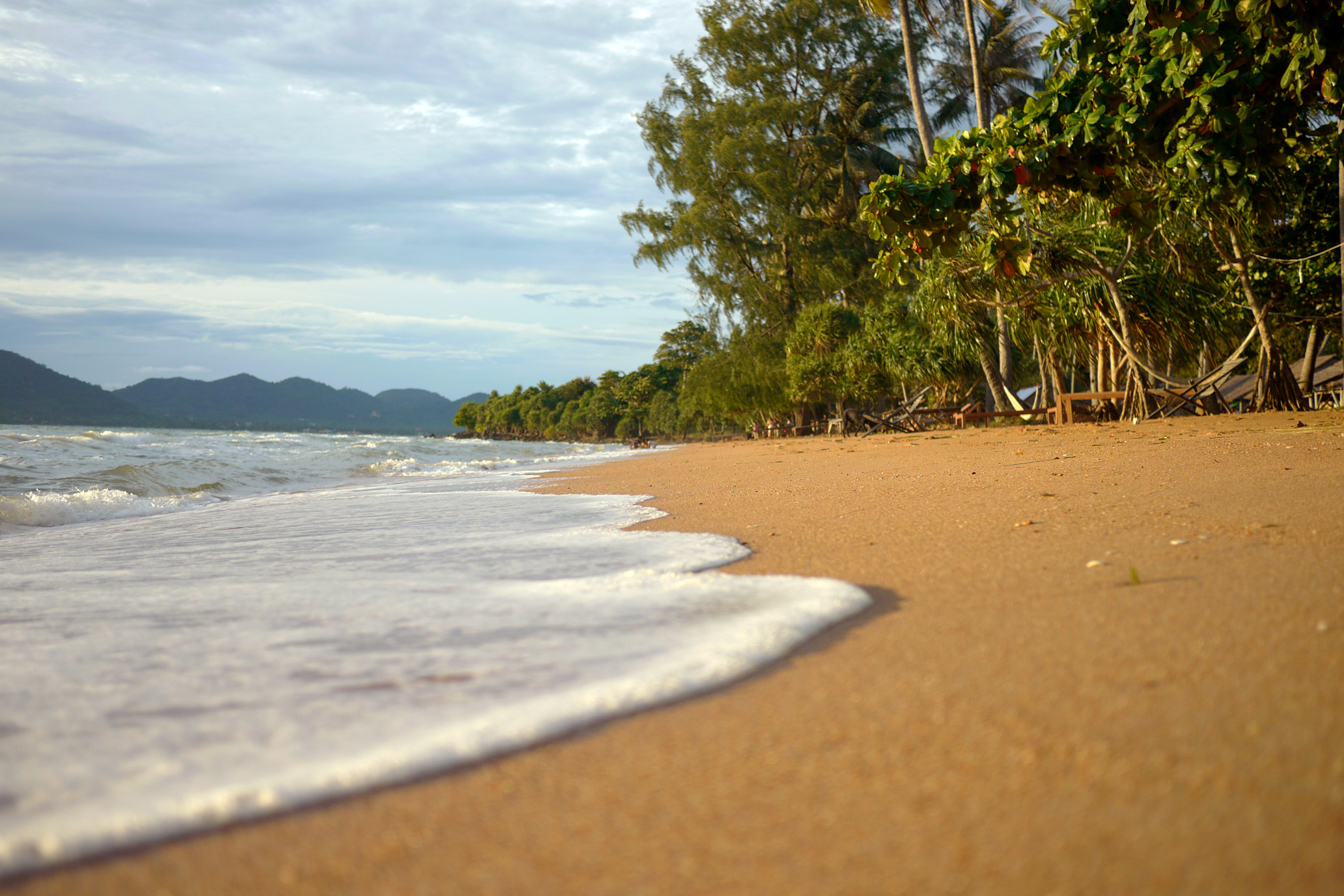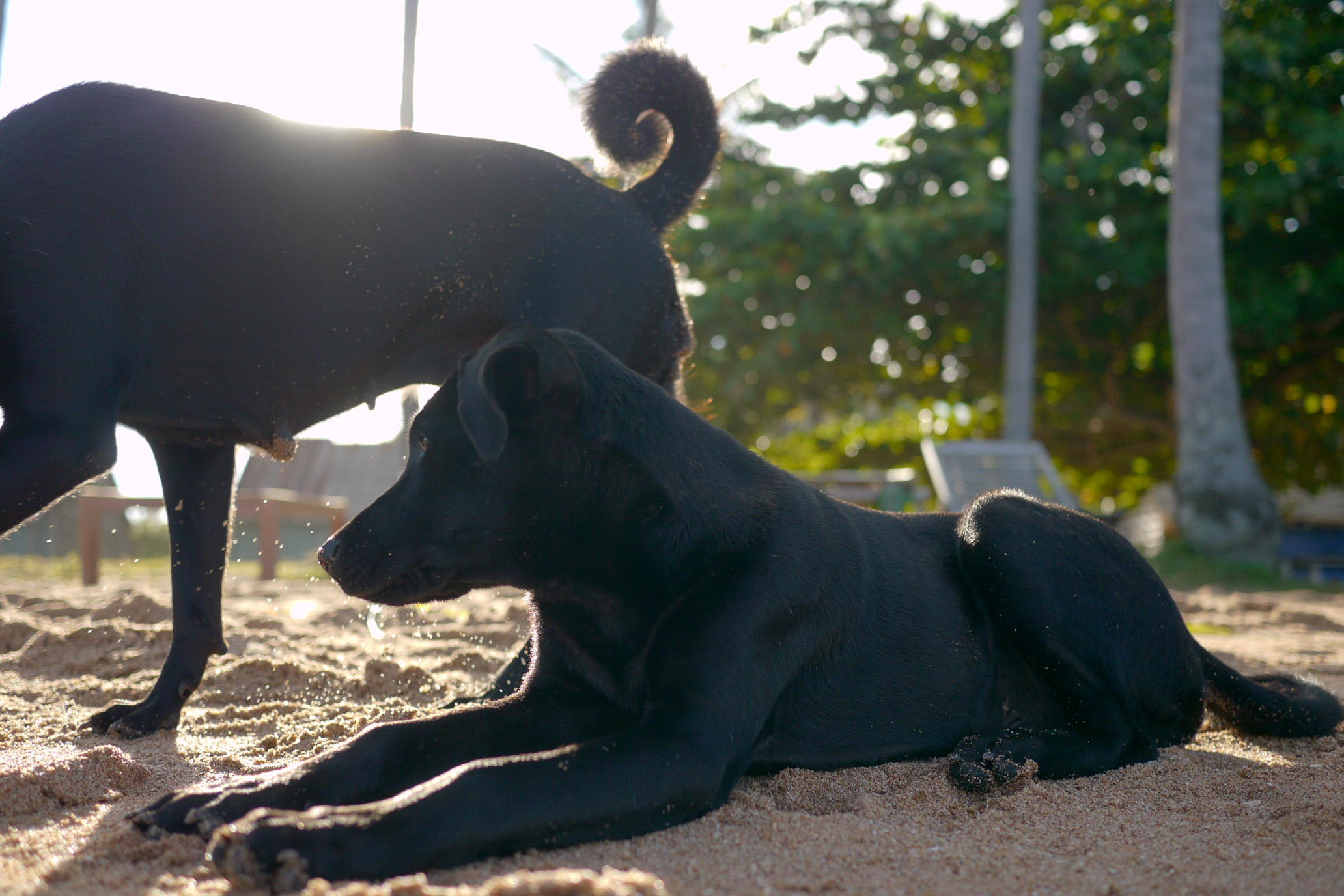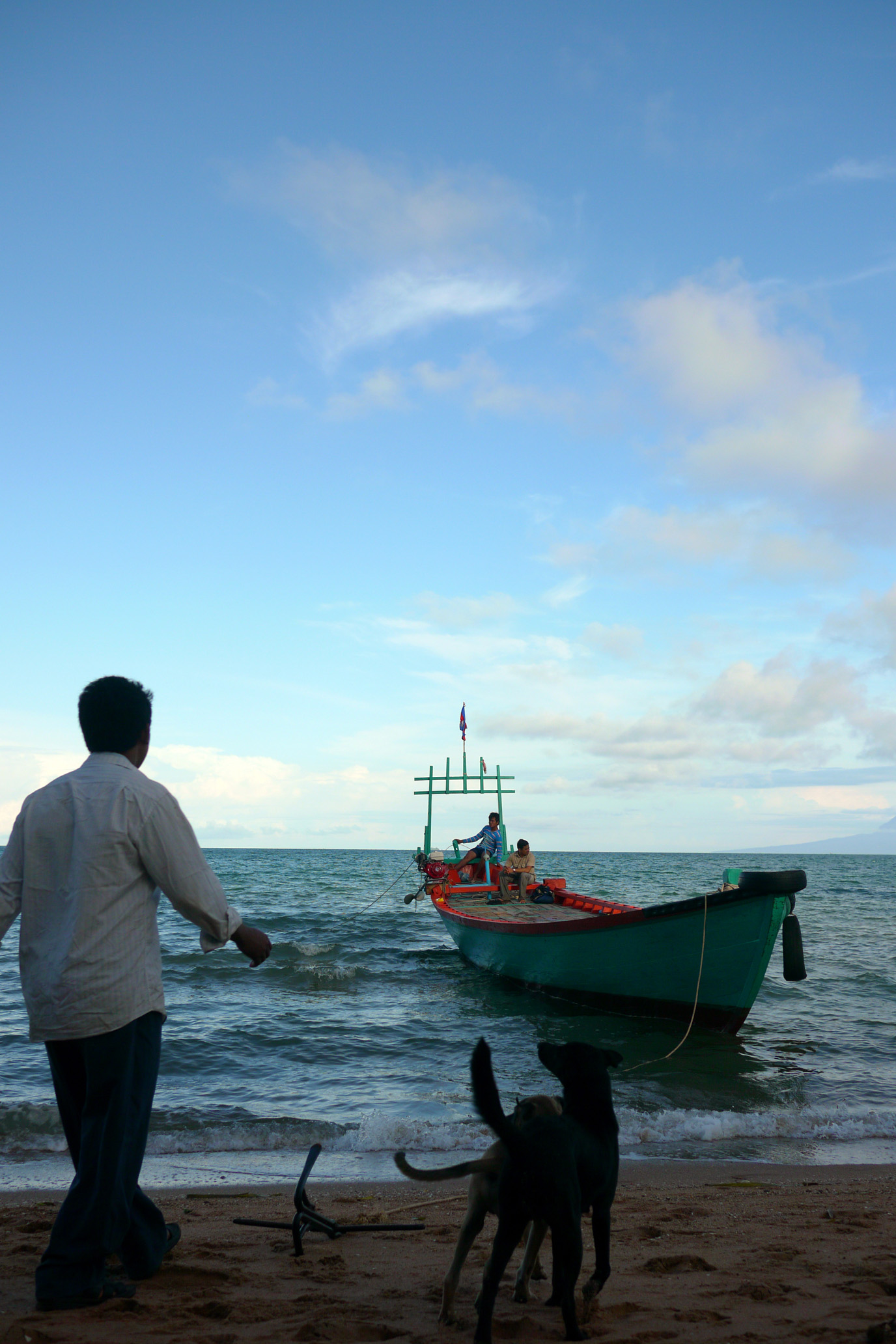
Little compares to Cambodian bus travel. It takes at least two hours longer to arrive at a destination than estimated. Nine times out of ten a tire blows out and needs to be replaced. Rest stops are taken at illogical intervals, usually at the whim of the driver who will sit down for a three course hot meal as little as 10 kilometers away from the final destination. Passengers (er, Cambodian passengers) also get a whole lot of say for when the bus stops. One drunk man halted the bus at least five times to take a piss on the side of the road. Yet the real clincher has to be the deafening tune of Cambodian karaoke DVDs played on repeat. After a few 8 hour rides, I’d memorized several of the songs, all a variation on the same melodramatic plot-line of unrequited love.

Yet the real highlight of bus travel in Cambodia is that it offers a fascinating glimpse of daily life. Westerners tend to live at the end of long driveways, behind fences, walls and in the privacy of homes. Cambodians carryout their daily life out in the open, often alongside the curves of the country’s main thoroughfares. We see them caring for their children, tending their rice fields, showering, and gathering for a meal.

A view of Kampot province







really nice pictures!!
http://rodposse.com/
I don’t think that it could be more beautiful than what your photos and words convey. The bus ride sounded painful but the gift of the beach and the puppies at the end made it all worth while.